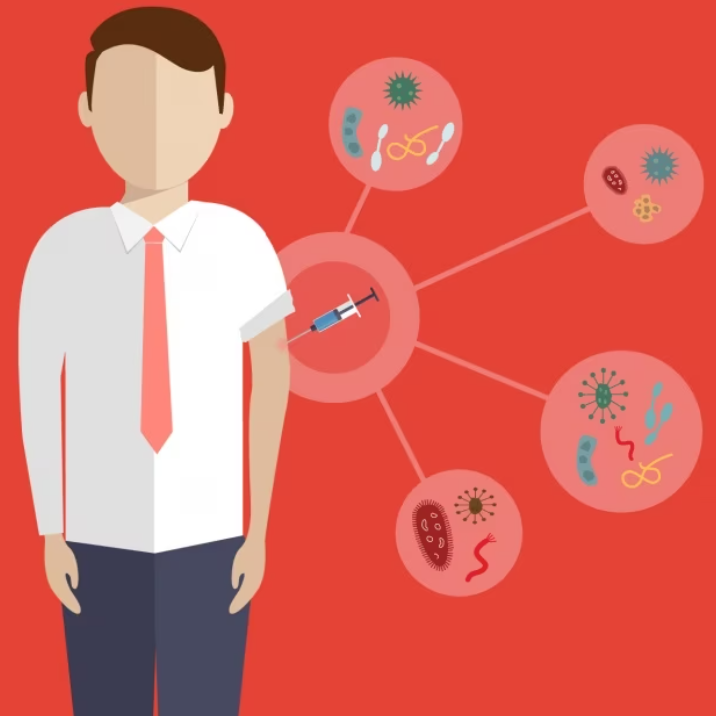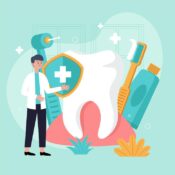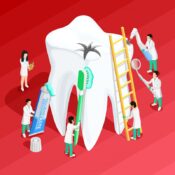
The Role of Hormones in Tips for Creating an Accessible Environment for People with Brittle Bone Disease
Introduction: Living with Brittle Bone Disease, also known as Osteogenesis Imperfecta (OI), presents unique challenges. Creating an accessible environment is crucial for ensuring the safety and well-being of individuals with OI. In this blog, we’ll explore how understanding hormones can guide us in making spaces more accommodating for people with OI.
Understanding Hormonal Imbalances: Hormones are like messengers in our bodies, influencing various functions, including bone health. In OI, hormonal imbalances can affect bone density and overall health. By understanding these imbalances, we can better adapt environments to meet the needs of individuals with OI.
Creating an accessible environment for individuals with Brittle Bone Disease (Osteogenesis Imperfecta) involves considering various factors to ensure safety and comfort. Hormonal imbalances can affect bone density and overall health in individuals with OI, making it essential to understand how these imbalances impact their needs and requirements in the built environment.
Some additional considerations for creating an accessible environment for people with Brittle Bone Disease include:
- Accessibility Features: Install ramps, elevators, and lifts to provide easy access to buildings and different levels. Ensure doorways and corridors are wide enough to accommodate mobility aids such as wheelchairs and walkers.
- Adaptive Equipment: Provide adaptive equipment such as stairlifts, shower chairs, and raised toilet seats to assist with daily tasks and promote independence.
- Fall Prevention Measures: Install handrails and grab bars in key areas such as staircases, bathrooms, and hallways to provide support and stability. Use non-slip mats and flooring to reduce the risk of falls.
- Comfortable Seating: Choose chairs and seating options with proper support and cushioning to minimize pressure points and discomfort.
- Height-Adjustable Surfaces: Incorporate height-adjustable countertops and tables to accommodate individuals of varying heights and abilities.
- Clear Signage: Use clear, easy-to-read signage with contrasting colors to help individuals with low vision navigate spaces independently.
- Quiet Spaces: Designate quiet areas where individuals can rest and recharge, especially during events or gatherings.
- Temperature Control: Maintain comfortable temperatures throughout the environment, as individuals with OI may be sensitive to extreme temperatures.
By considering these factors and understanding the impact of hormonal imbalances on individuals with Brittle Bone Disease, we can create environments that are not only accessible but also inclusive and supportive of their unique needs and abilities.
Conclusion: Creating an accessible environment is essential for promoting the safety, independence, and well-being of individuals with Brittle Bone Disease. By understanding hormonal imbalances and implementing practical tips, we can ensure that spaces are inclusive and accommodating for people with OI.
To seek medical advice, always consult a Doctor. Here are our recommended experts. Click Here
To read more on Brittle Bone Disease Or Osteogenesis Imperfecta. Click Here



